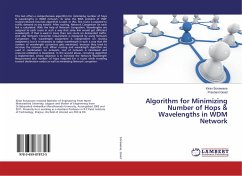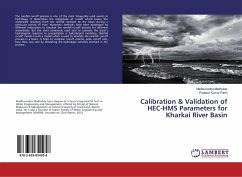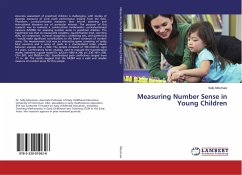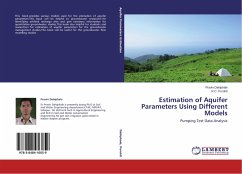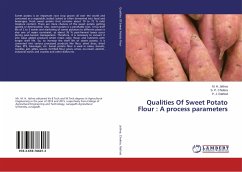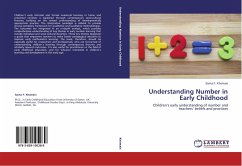This text offers a comprehensive algorithm for minimizing number of hops & wavelengths in WDM network. To solve the RWA problem of VWP routed network heuristic algorithm is used. In this, first route is assigned to traffic demand at any instant. After routing, Network Congestion on each link is calculated. With the help of Network Congestion, Wavelengths are assigned to each route in such a way that same link would get different wavelength, if that is used in more than one route on demanded traffic. And also Network Converter requirement is measured by using Network Congestion. The wavelength assignment is independent on routing assignment, but it is necessary to assign wavelength in such a way that the number of wavelength converters gets minimized, because they tend to increase the network cost. When routing and wavelength algorithm are used in combination on network, cost of network is minimized and resource utilization is maximized. In the second phase, rerouting algorithm isimplemented, whose objective is to minimize the Network Wavelength Requirement and number of hops required for a route while traveling toward destination nodes as well as minimizing Network congetion.

